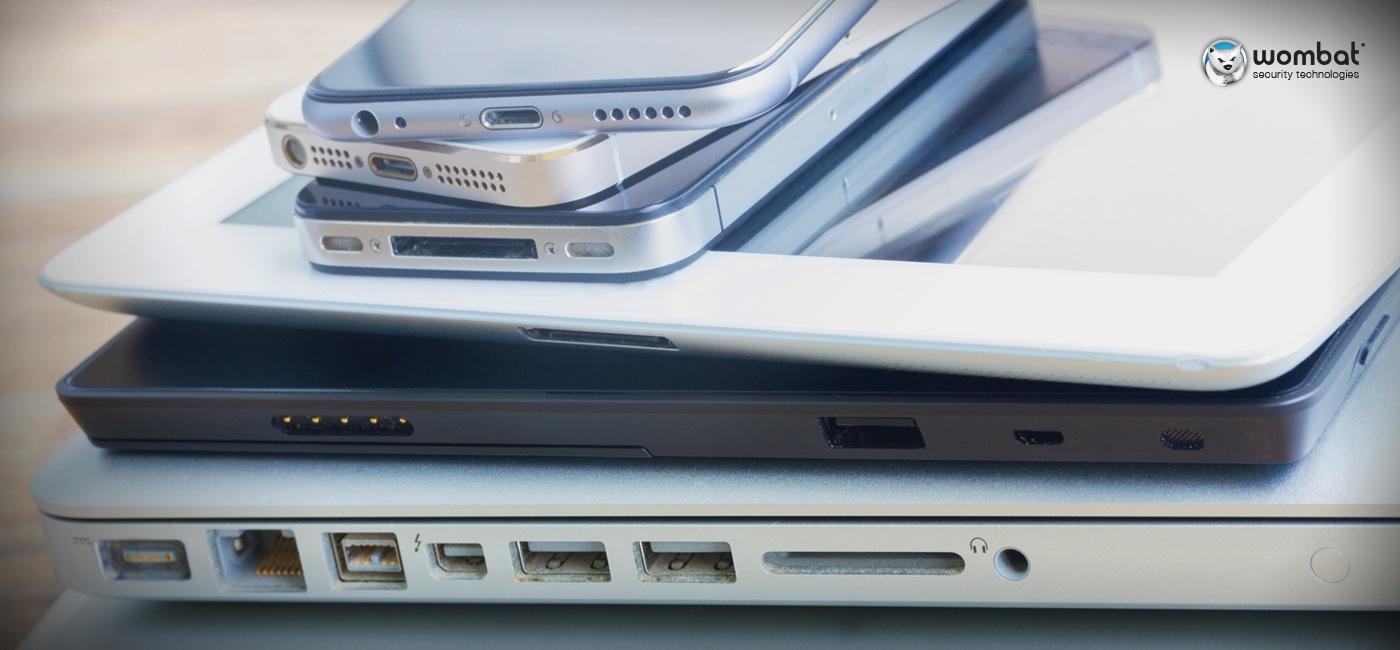Be Vigilant About Protecting Your Data
Three significant threats to personal data are found in sources that adults and children use daily (if not hourly): email, internet, and mobile apps.
Phishing attacks — fraudulent email messages designed to trick users into downloading dangerous attachments, clicking malicious links, and/or revealing sensitive financial, personal, or business data — are a danger to every email account holder. The numbers are staggering: According to Securelist’s spam and phishing report for Q2 2016, the phishing alert was triggered more than 32 million times on computers that use Kaspersky Lab security software. The report indicated that 8.7% of unique Kaspersky Lab users experienced phishing attacks in the second quarter of 2016 — and Kaspersky Lab is just one anti-virus and internet safety software platform (Norton and McAfee are other big players).
Fraudulent websites and applications often share the same goals as phishing emails: to steal personal date, install malicious software, or gain access to user names and passwords. Financial data and healthcare information are prime targets for scammers; according to the Identity Theft Resource Center, which compiles U.S. breach totals, more than 14 million financial, healthcare, and education records were compromised between January 1 and September 20, 2016. If you have had your credit card data or other personal information stolen in a data breach, you know the incredible hassle associated with the aftermath.
As you set up new accounts and download applications (for yourself or your children), keep the following tips in mind; your actions play a significant role in maintaining cybersecurity. College-age students should be particularly careful as they begin to build their personal credit, but all users of mobile devices can benefit from additional security measures:
- Think before you interact with an unsolicited email, text message, or social media message. Fraudsters like to create a sense of urgency using scare tactics, amazing offers, and other traps that trick users into clicking or download right away. (And if you’ve never talked to your kids about phishing, now is the time; otherwise, they’ll have no idea these types of scams exist.) This article about the risks associated with phishing contains additional pieces of advice.
- Again, do your research. A simple Google search can quickly reveal red flags associated with mobile applications, unfamiliar websites, special offers, and more.
- Be careful about the data you share and where you share it. Stores, websites, and social media posts often ask consumers to provide personal information in exchange for special offers; be selective and protective in these situations. (Parents, be sure to talk to your children about privacy and appropriate sharing.)
- Maintain as much control over your financial accounts as possible. Limit the cards you use (designate a single card for online purchases, for example) and be very cautious of where debit cards are used since they pull funds directly from attached bank accounts.
- Should your personal data be compromised, take advantage of any credit monitoring services offered and be diligent about identifying and addressing any anomalies on your accounts or in your credit reports. (You can find some additional post-breach advice here.)

 As students (and parents) settle back into “normal” routines post-holiday, it’s likely that new laptops, smartphones, tablets, and wireless “connectables” are part the mix. Whether first-time users or old hands, there are always cybersecurity considerations to adding new devices to your personal Internet of Things (IoT). The following tips can help protect data, systems, and privacy, so be sure to share them with your coworkers, family, and friends.
As students (and parents) settle back into “normal” routines post-holiday, it’s likely that new laptops, smartphones, tablets, and wireless “connectables” are part the mix. Whether first-time users or old hands, there are always cybersecurity considerations to adding new devices to your personal Internet of Things (IoT). The following tips can help protect data, systems, and privacy, so be sure to share them with your coworkers, family, and friends.